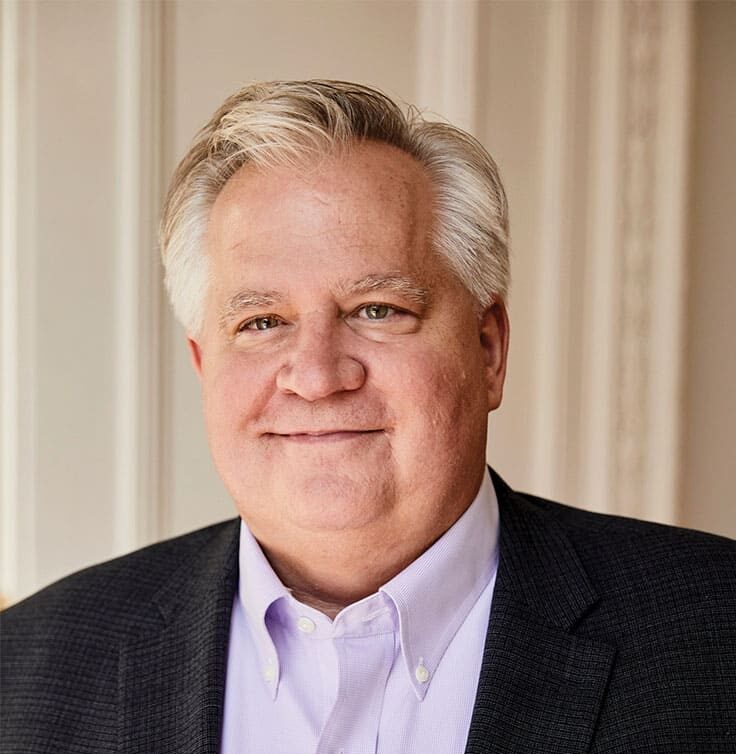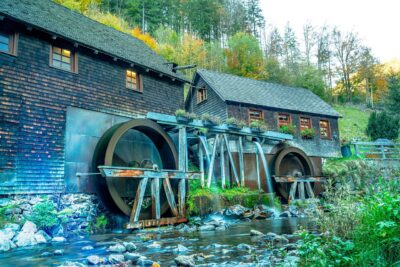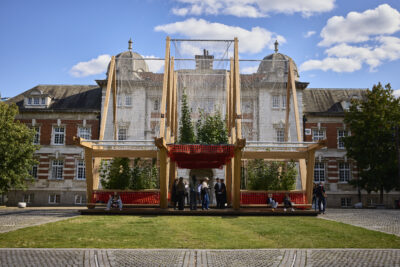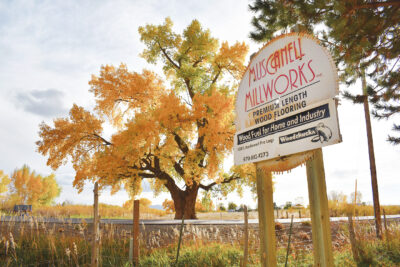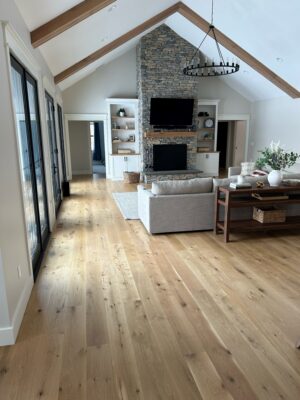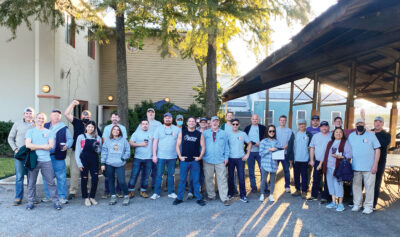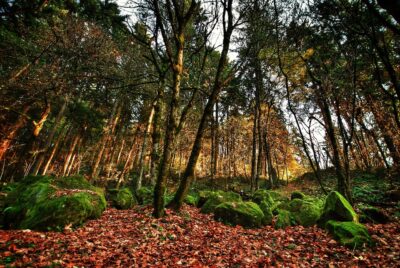Photograph By Tim Robinson, INDESIGNLIVE
Launched at Sydney Design Week in September 2022, External Review was a landmark furniture collection with the goal of sharing design knowledge on how to use American Red Oak with the process itself receiving as much focus as the end product.
Designer Tom Fereday, in collaboration with the American Hardwood Export Council, manufacturers Evostyle, upholstery specialists Swiss Design and the Australian Design Centre, created External Review to follow the entire design process from the sourcing of the raw material through to manufacture and final presentation. The environmental impact of the furniture collection was carefully recorded, calculated and documented to be shared alongside the completed works.
Designers and makers have become accustomed to working at a fast pace to respond to the demands of the market. External Review, Tom Fereday’s solo exhibition for Sydney Design Week presented a rare opportunity to pause and reflect on all the elements that contribute to the realization of a furniture collection.
By opening up his process to External Review, Fereday sought to challenge our preconceptions of materials and their relation to design. Using a material that is relatively new to the Australian market, Fereday created a roadmap for incorporating Red Oak into high-end modern design.
The Cove lounge has been created from American Red Oak, the most abundant species in the American Hardwood forest resource. While most of Fereday’s designs are made in American Hardwood species, this was his first experience designing with Red Oak. His aim was to create a lounge that exposed the beauty of this natural material.
“Often the investment in an upholstered lounge is placed in many hidden components and materials. We wanted to explore how exposing the structure of the lounge through an entirely solid timber frame might allow for higher quality materials to be utilized without unnecessary hidden lower quality, and often difficult to repair or maintain, materials and assemblies. I also wanted to test the strength of the material in this design,” commented Fereday, “to create something that looks light but in fact is incredibly strong.”
The result is indeed structurally robust without appearing, or indeed being, heavy. The flat pack design means that the Cove lounge is also easy and cost-effective to transport – a key concern right now for designers reaching a global customer base.
Collaboration with Australian manufacturers
The Cove lounge was made by Evostyle, a family-owned business that manufactures for a number of Australia’s most well-known designers. The manufacturer plays a valuable role in working with designers in ensuring concepts are marketable when made.
Louise Ommundson, Evostyle’s Director said of the project “With Tom, we looked at ways of tweaking the design to save on material waste, as well as discussing the best method of construction, timber species and suitable coating choices. This helps make the product as strong, long lasting and price competitive as possible, and is the true value manufacturers bring to the table.
Environmental Responsibility
A key component of the collaboration was to interrogate the true environmental impact of Australian design. This was achieved by conducting a full life cycle assessment (LCA) of the Cove lounge. LCA involves the collection and evaluation of quantitative data on all the inputs and outputs of material, energy and waste flows associated with a product over its entire life cycle so that the environmental impacts can be determined.
The lifetime carbon footprint of the Cove lounge is just 18.7 kgCO2equivalent. That is less than the carbon emitted in a single journey from Philadelphia to New York City in the average car (94 miles).
Even taking into account a very long and tortuous transport route including 1,100 km by truck from lumber processing location to the East Coast of the U.S., and shipment via Suez and Singapore to Sydney, the American Red Oak used to create Cove arrived on Australian shores carbon negative.
“Often there is concern about using imported timbers given misconceptions about the impact of transport. In reality, transporting timber around the world has a negligible environmental impact. Wood is an effective carbon store, and such is the efficiency of the U.S. Hardwood processing industry, and the fact that the lumber is shipped to Australia by sea, we can prove that the embodied carbon is significantly greater than that emitted during extraction, processing and transport,” said Rod Wiles, Director of AHEC, Oceania.
Fereday added, “We have developed a number of furniture collections over years, however, we have never previously performed a formal life cycle assessment to understand the true environmental impact of our work. It felt that this could be an interesting process to share externally in the hope of encouraging others to question what it means to design responsibly.”
External Review provides a rare chance to see the thought and energy that is required for creating quality furniture, designed to last a lifetime. It’s an opportunity for the wider community to engage and discuss how we may better foster a sense of thoughtful, intentional and environmentally responsible design while supporting Australian craftsmanship and question their role as consumers in this process.
